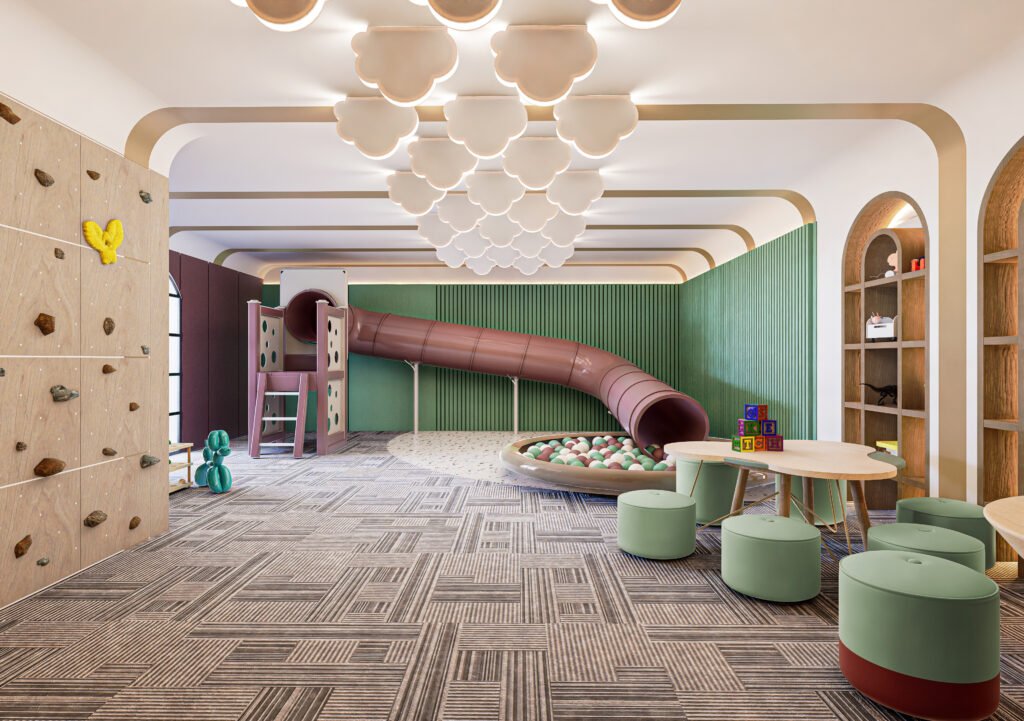How 3D Renderings Help Avoid Costly Design Mistakes

Introduction: 3D Architectural Rendering You may have experienced the sinking feeling when a beautifully drafted plan hits reality and something just doesn’t feel right. It might seem that detailed CAD drawings or physical models should catch every flaw, yet time and again, hidden issues emerge on-site, leading to expensive change orders and frustrated contractors. Perhaps you’ve hesitated to embrace 3D architectural rendering, wondering if they’re worth the investment. Yet as you’ll discover, leveraging high-quality 3D visualizations can be your most effective safeguard against those all-too-common design pitfalls. At ArchiRender3D, we’ve seen firsthand how a single photoreal interior render revealed a ceiling height discrepancy that would have cost tens of thousands of dollars to correct post-construction. We’ve guided architects and developers through complex exterior façade revisions—well before ground broke—simply by illuminating spatial and material clashes in a digital environment. By adopting a user-first approach and an intellectual hesitation mindset, you’ll learn how to question assumptions, uncover hidden risks, and ultimately deliver projects on time and within budget. In the sections that follow, we’ll explore the hidden costs of unchecked design mistakes, demonstrate how 3D rendering act as an early warning system, and share real-world case studies from ArchiRender3D’s portfolio. You’ll gain practical workflows, best practices, and insights into future technologies that can elevate your design accuracy. If you’ve ever wondered, “Could this have been avoided?” or “What if we caught this sooner?”, this guide is for you. Understanding the Hidden Costly Design Flaws It may feel tempting to trust traditional blueprints alone. After all, they’ve served architects for decades. Yet modern projects carry unprecedented complexity: integrated MEP systems, dynamic façades, multifunctional spaces, and eco-friendly materials. A misaligned duct run, a material finish that clashes under natural light, or a room that feels cramped in reality can each trigger: Change Orders: On average, a single design revision after construction starts can add 5%–15% to project costs. Project Delays: Unforeseen corrections can pause construction for days or even weeks. Contractor Disputes: Ambiguities in plans lead to finger-pointing and legal entanglements. Client Dissatisfaction: Budget overruns and missed deadlines undermine trust and damage reputations. You might hesitate, thinking these risks are inherent. But what if you could simulate every key variable—light, materials, user circulation, structural interfaces—before making irreversible decisions? That’s the promise of 3D renderings: they don’t just illustrate designs; they interrogate them. How 3D Renderings Act as a Design Safeguard for your Construction Perhaps the most powerful aspect of 3D visualizations is their ability to render unseen problems visible. By turning abstract models into lifelike images and animations, you gain: Early detection of spatial conflicts (e.g., ceiling heights, corridor widths) Material and lighting previews that avoid aesthetic clashes Structural interfacing checks, such as beam penetrations through walls User-circulation studies that confirm ADA compliance and sightlines Imagine discovering that a custom chandelier you specified for a lobby would barely clear the top of a balcony railing—before ordering the expensive fixture. Or visualizing how afternoon sun casts harsh glare on glazed façades, prompting a slight overhang redesign. With 3D renderings, these “what-if” scenarios become concrete insights, guiding you toward solutions rather than firefighting surprises. Key Benefits of Addressing 3D Renderings Mistakes Early When you pinpoint potential errors during conceptual stages, your entire project benefits: Faster client approvals, as stakeholders can visualize outcomes clearly Reduced revision cycles, saving both design and construction hours Improved contractor bids, thanks to unambiguous visual references Heightened confidence in materials and finishes before procurement Benefit Traditional Process 3D Rendering Workflow Revision Frequency 4–6 rounds after bidding 1–2 rounds pre-bid Average Change-Order Cost 5%–15% of total budget <1% of visualization budget Time to Final Approval 6–8 weeks 1–3 weeks Stakeholder Satisfaction 65% 90%+ You may hesitate at the thought of adding another step to your design process, but the trade-off in time and cost savings often makes 3D renderings the best insurance policy you can buy. Project Planning Case Studies from ArchiRender3D Coastal Villa Exterior Clash Challenge: A Mediterranean-style villa in Spain featured a sloping roof intersecting with a second–floor balcony. Traditional plans masked a 200 mm overlap that risked water infiltration and structural strain. Solution: We produced an exterior rendering highlighting the roof-balcony interface under different weather conditions. Color-coded overlays pinpointed overlap zones and drainage paths. Outcome: The architect revised the eaves profile, avoided potential waterproofing failures, and saved the client over €18,000 in remediation costs. Boutique Hotel Interior Overhang Challenge: A boutique hotel in Singapore planned a feature bar with a suspended LED ring light. Initial models miscalculated the bar height, risking a 150 mm clearance issue. Solution: Our interior renderings simulated human-scale avatars interacting with the bar and light feature. Rapid iterations confirmed correct heights and spatial comfort. Outcome: Approval moved forward swiftly, eliminating vendor rework fees (~$4,500) and ensuring a safe, compliant installation. Urban Mixed-Use Development Collisions Challenge: A mixed-use tower in Toronto had complex MEP, structural, and architectural elements converging on a single service corridor. 2D drawings concealed clashes between HVAC ducts and electrical conduits. Solution: We created a detailed 3D animation sequence that flew through the corridor, exposing each conflict point. The project team used this sequence in coordination meetings to resolve issues collaboratively. Outcome: The coordinated BIM-enhanced correction reduced onsite rework by 70%, saving an estimated $120,000 and accelerating the schedule by three weeks. Avoid this Design Mistakes Caught by 3D Renderings Even seasoned professionals can overlook certain pitfalls when relying solely on 2D or fragmented 3D models. Here are frequent design mistakes that ArchiRender3D helps you avoid: Scale and Proportion ErrorsClients often misinterpret square-meter data. Interactive 3D views reinforce correct human scale. Lighting and Shadow MiscalculationsWithout realistic light simulations, daylighting studies can be misleading. Photoreal renders verify natural and artificial light interplay. Material MismatchDigital color swatches rarely capture reflectivity, translucency, or texture. PBR materials in 3D reveals true material behavior. Structural Interface OversightsBeams, columns, and mechanical systems can collide in shared spaces—3D section cuts and exploded views catch these early. Ergonomic and Compliance IssuesADA circulation paths, handrail heights, and workstation clearances are foolproof in virtual walkthroughs.
